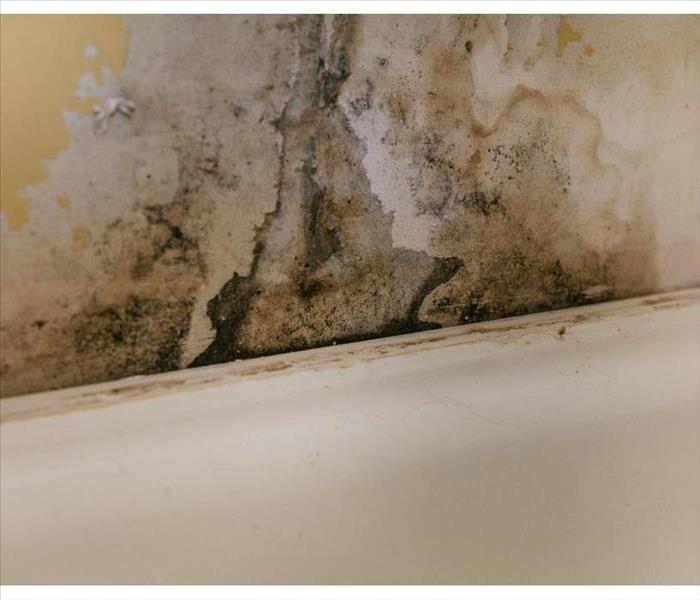Top Tips for Avoiding Secondary Flood Damage
2/21/2022 (Permalink)
Tips For Avoiding Secondary Damage
When water rises in your home, that can be scary enough. The water on the ground is not the only concern for homeowners dealing with flooding, however. You should also take steps to avoid secondary damage like black mold. While the water itself is the primary problem, other issues include:
- Mold on the walls and floor
- Mold in porous belongings, like furniture
- Mildew in any part of the room
- A musty odor
Quick thinking can save you from having to deal with these problems after a flood. Here are a few tips for avoiding secondary damage.
1. Call a Restoration Crew Immediately
There are professional restoration companies in Canoe Ridge, PA, that are open 24/7 and ready to help. As soon as you notice flooding in your home, you should give them a call. Every hour that passes until someone removes the water allows black mold to spread.
Why is it important to call immediately? As the water sits in the room, it causes high humidity. The water evaporates into the air and has nowhere to go so that it can get into the walls and other porous areas. This moisture can cause mold in places that the original flood never touched.
2. Remove Porous Belongings
Once the restoration crew has removed the water and says that it is safe for you to enter the room, you should remove clothing, upholstery, and any other soft items. Allow these belongings to air dry either outside or near an open window.
3. Clean Thoroughly
The restoration crew in Canoe Ridge, PA, should clean the room where the flooding occurred. However, you may need to ensure that mold and mildew are not on the items you removed. Once these belongings are dry, you can clean them with disinfectants. If you had any hard surfaces in the room, you might wish to clean those as well.
Flood waters are a problem, and the potential secondary damage can be a nightmare. Prevent the black mold from high humidity with these tips.





 24/7 Emergency Service
24/7 Emergency Service
